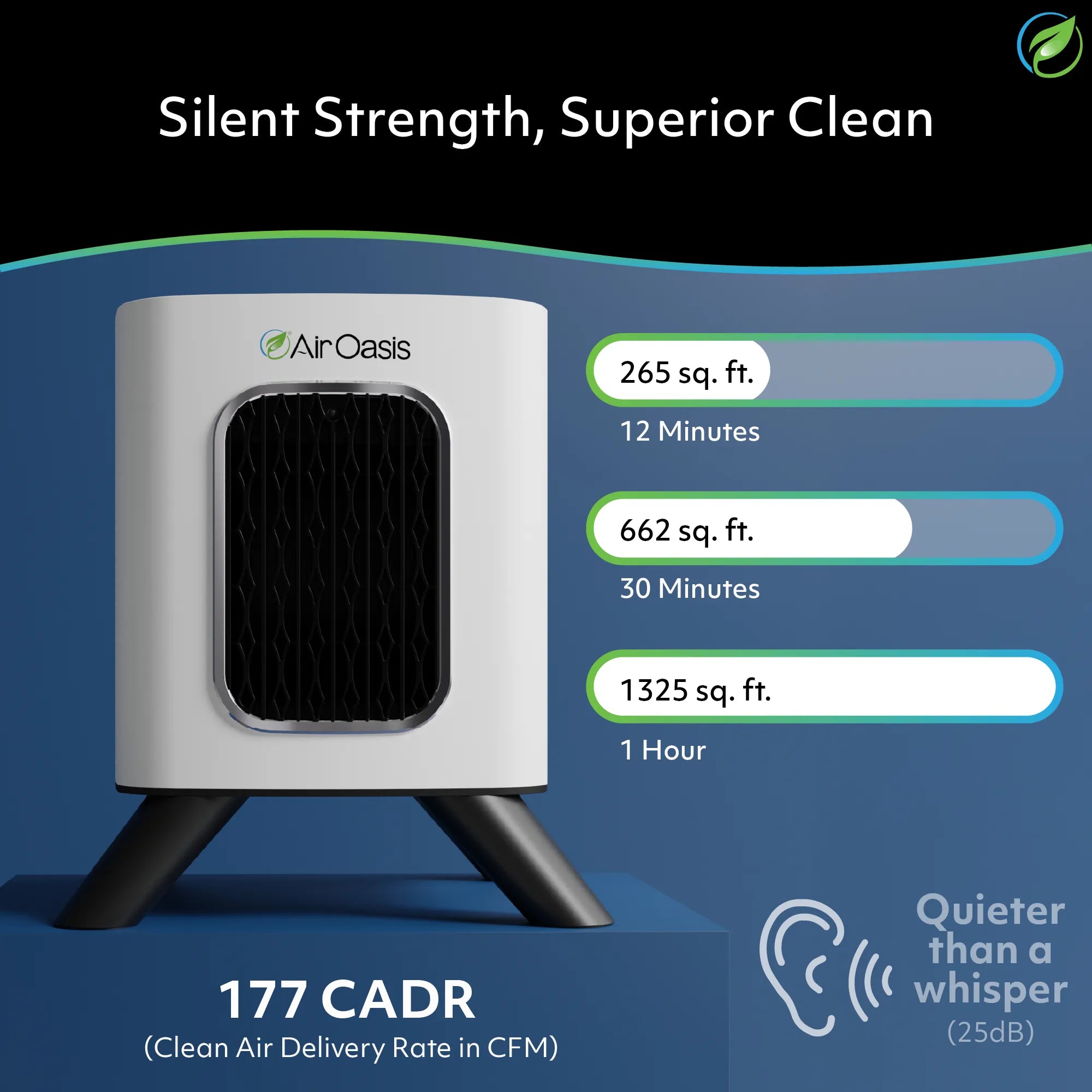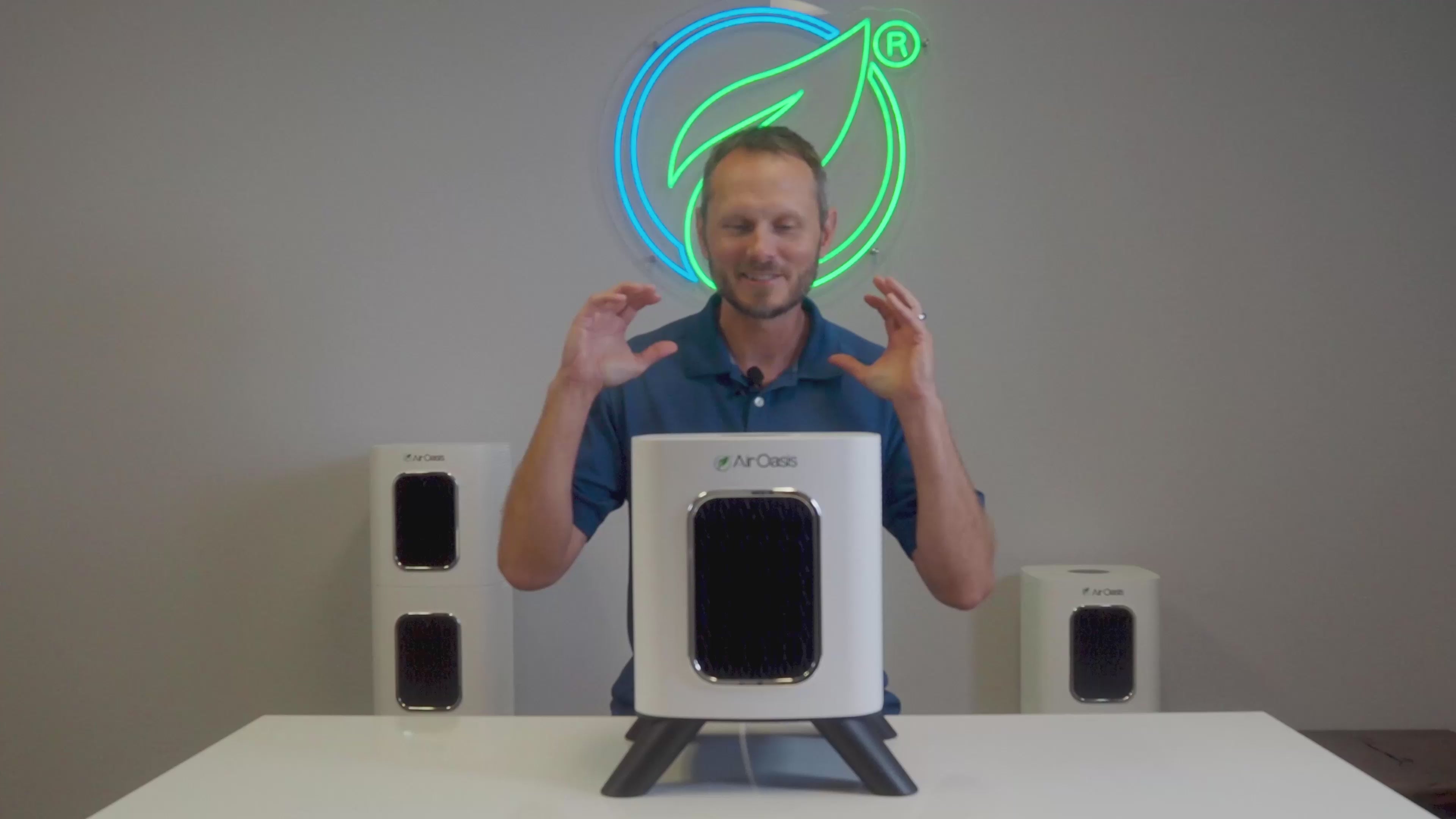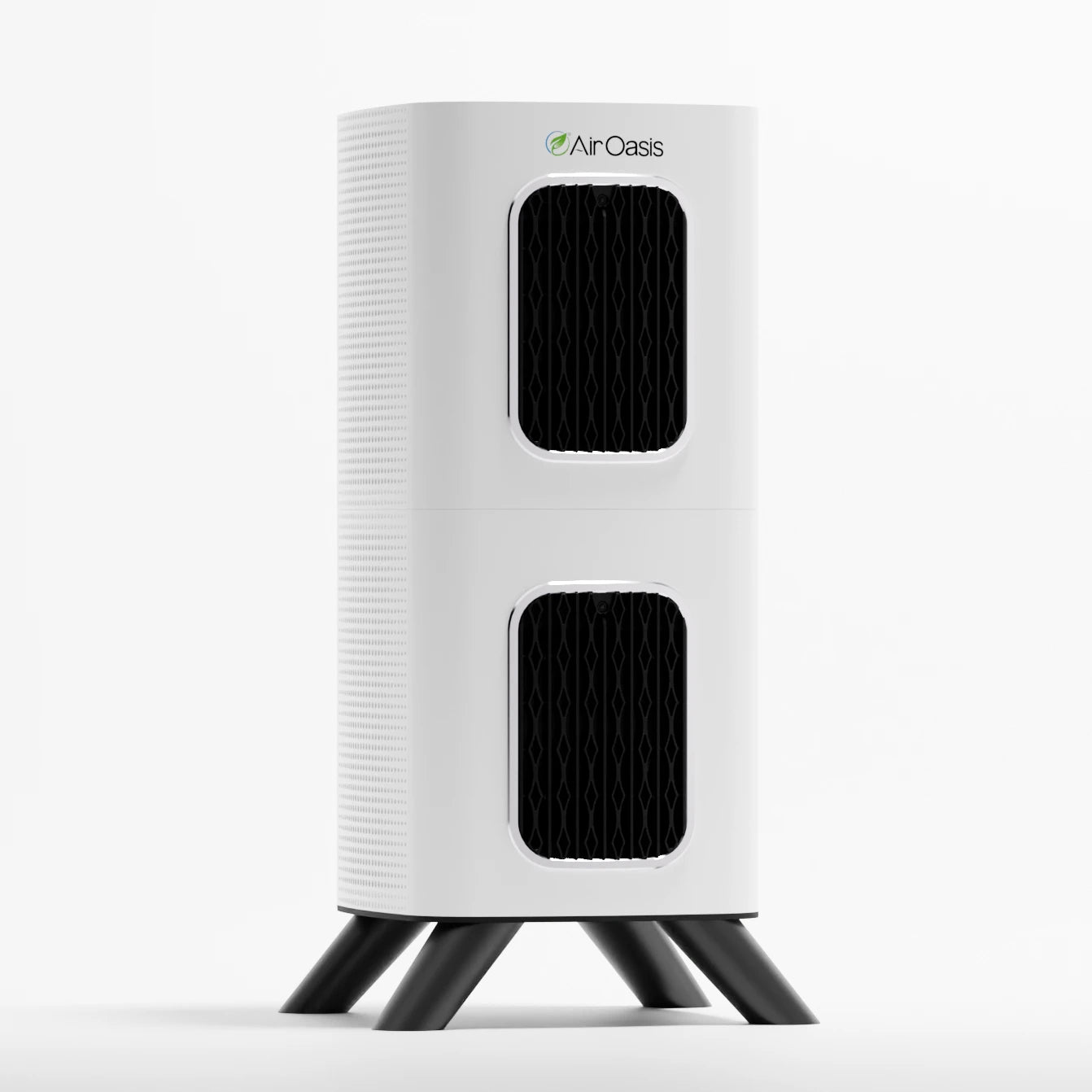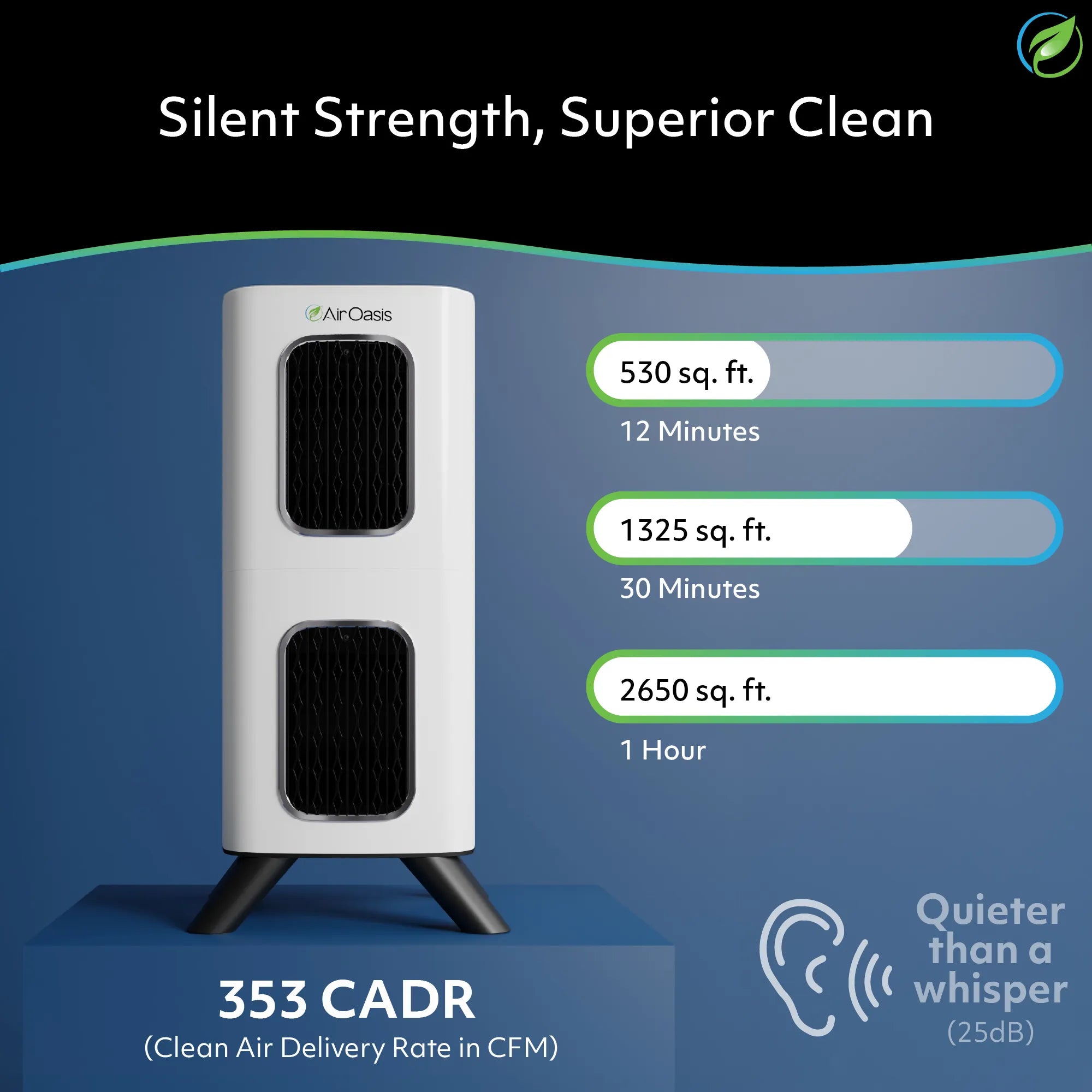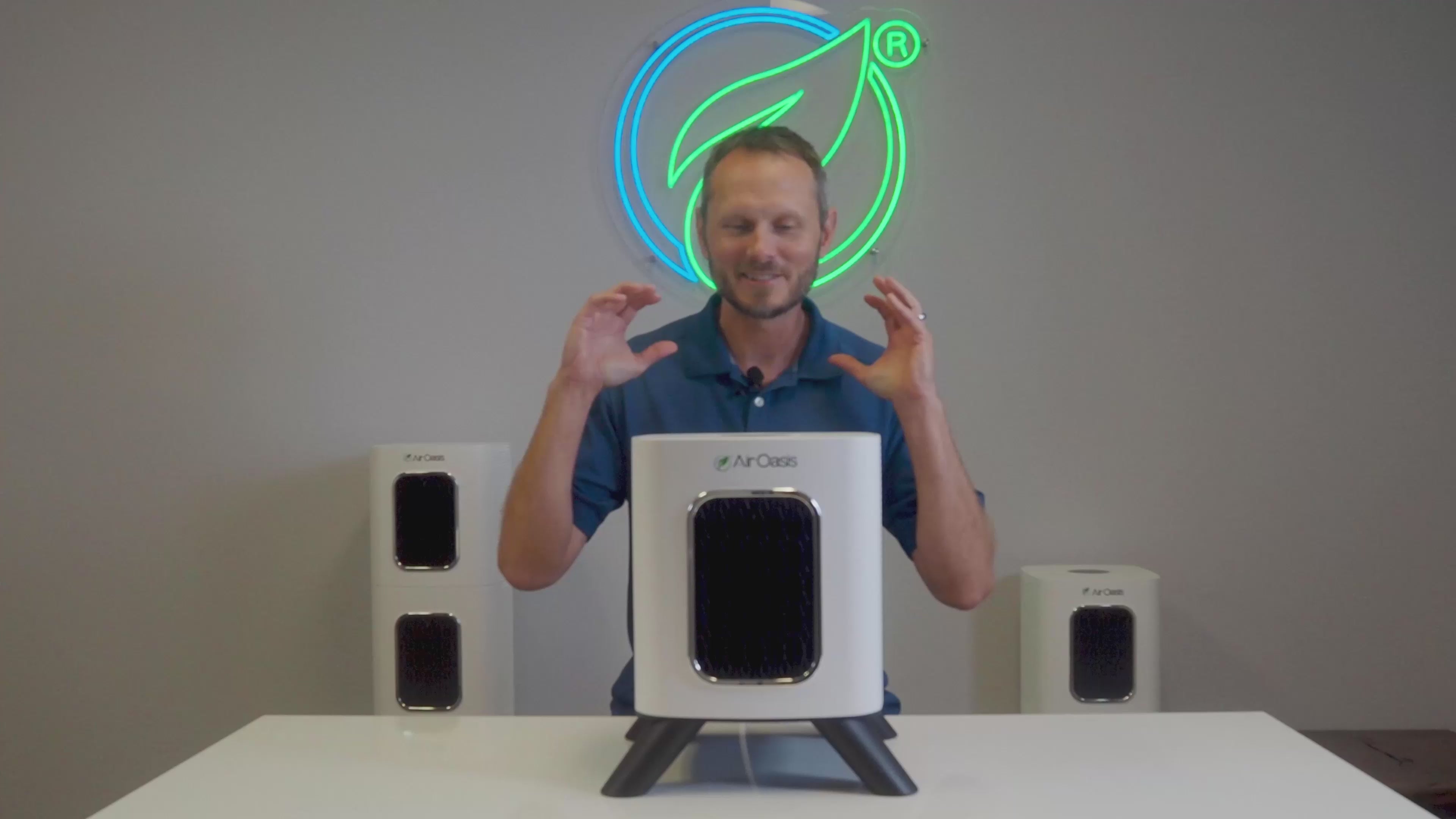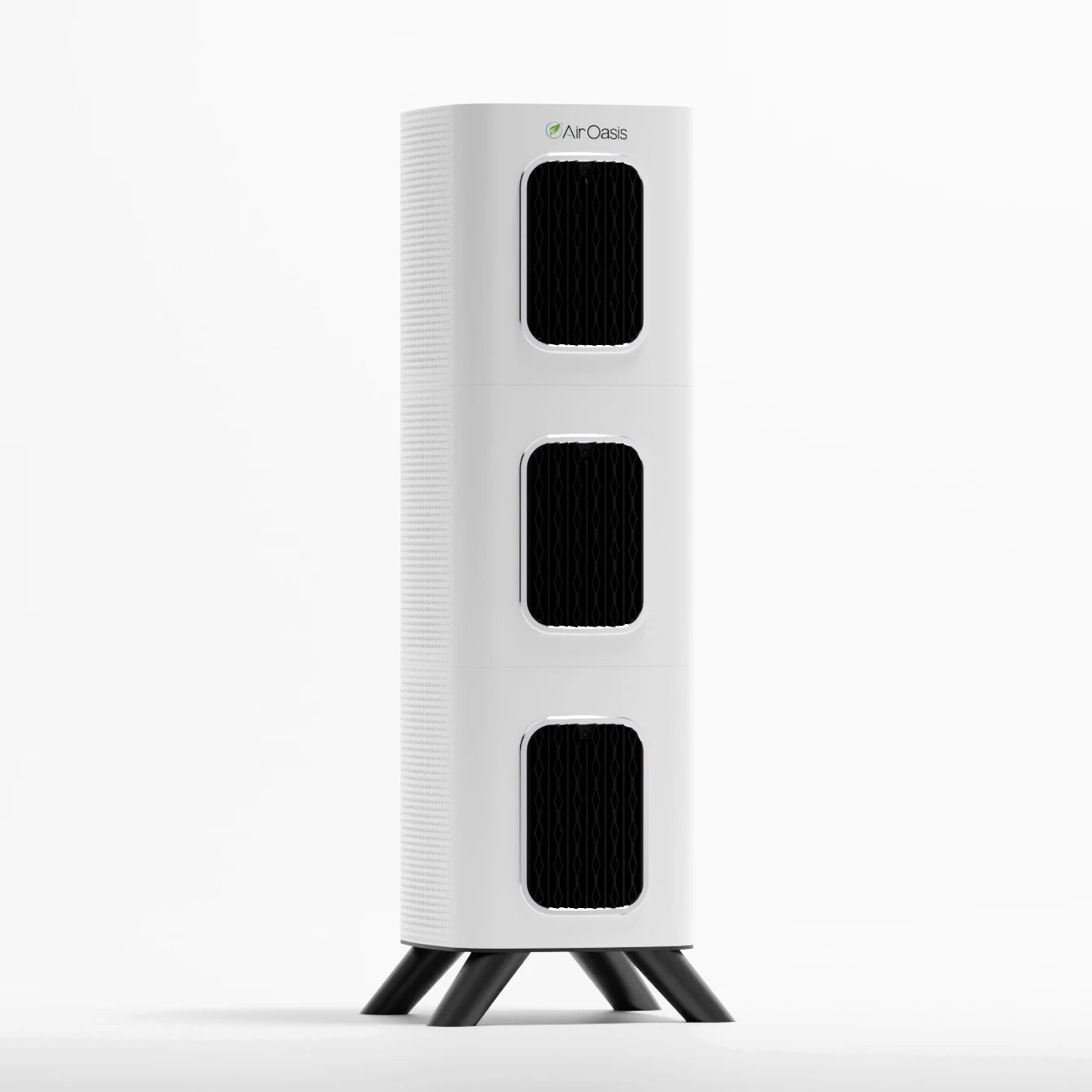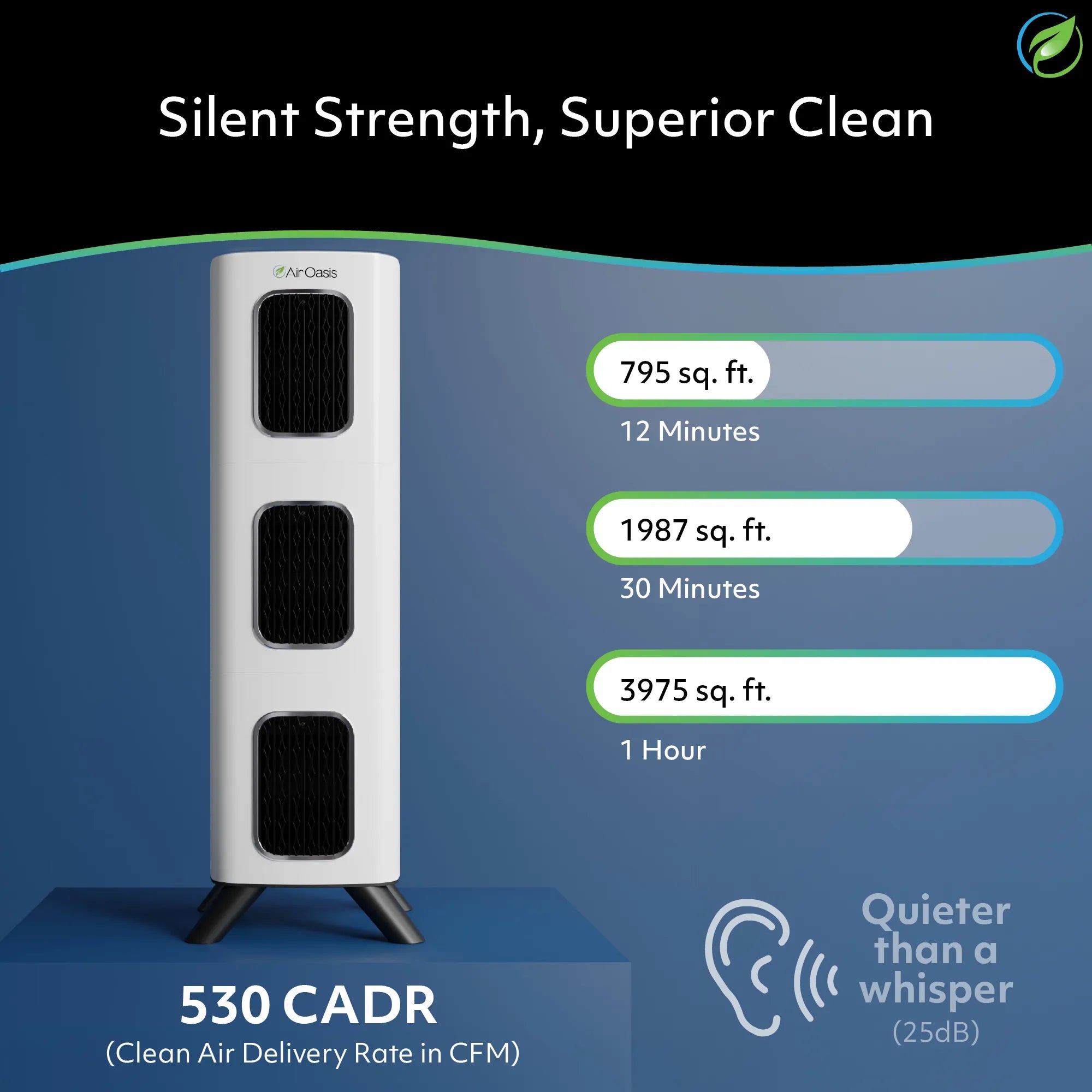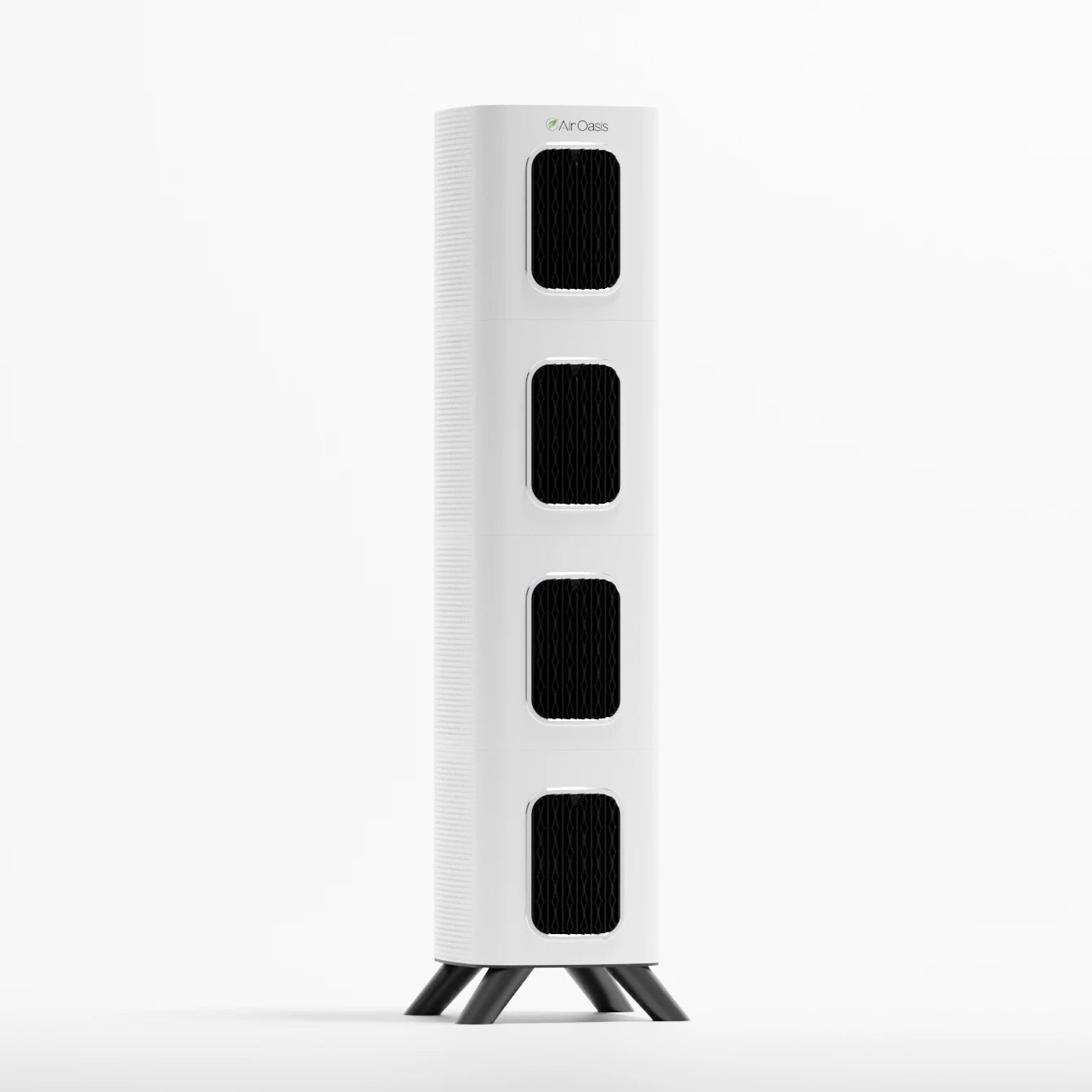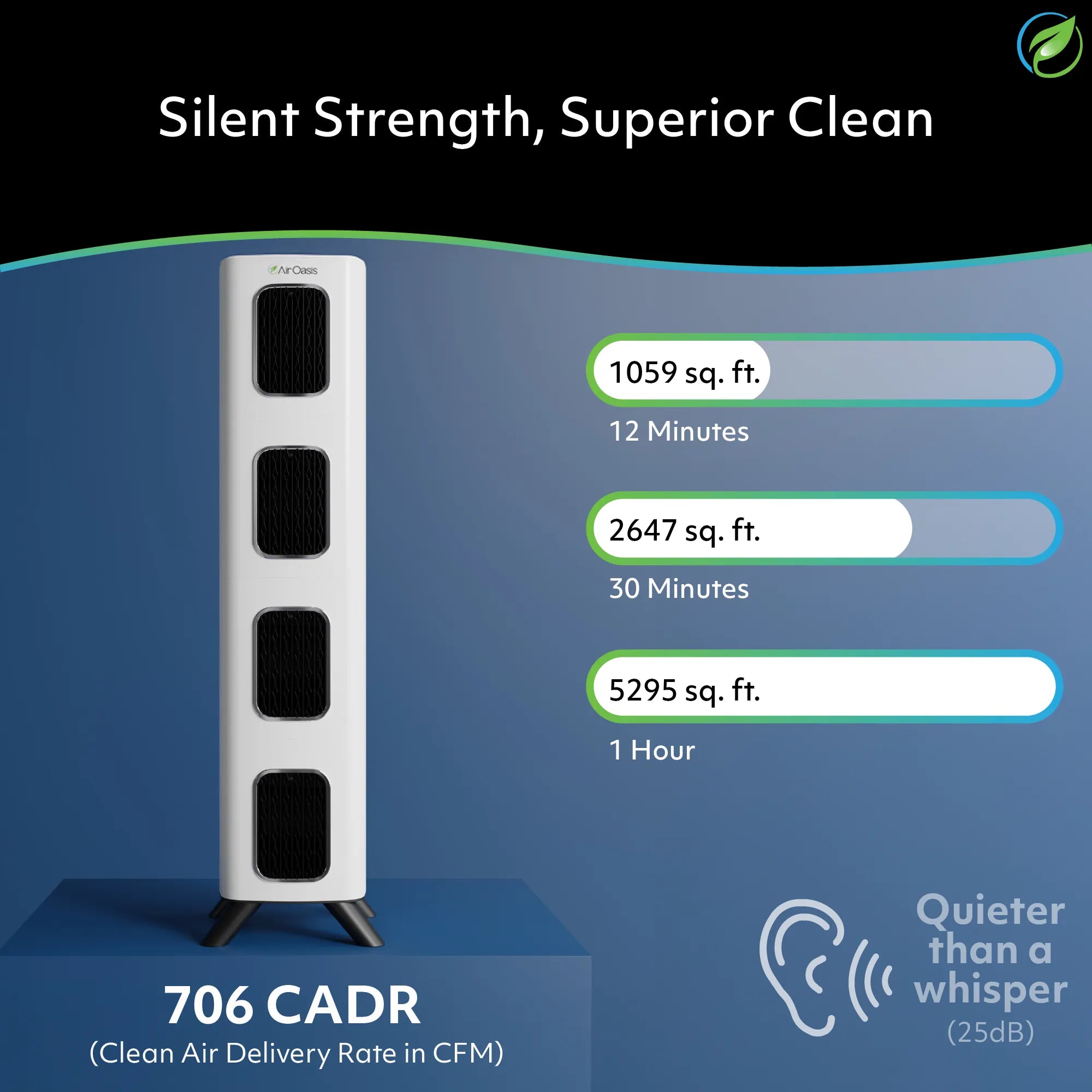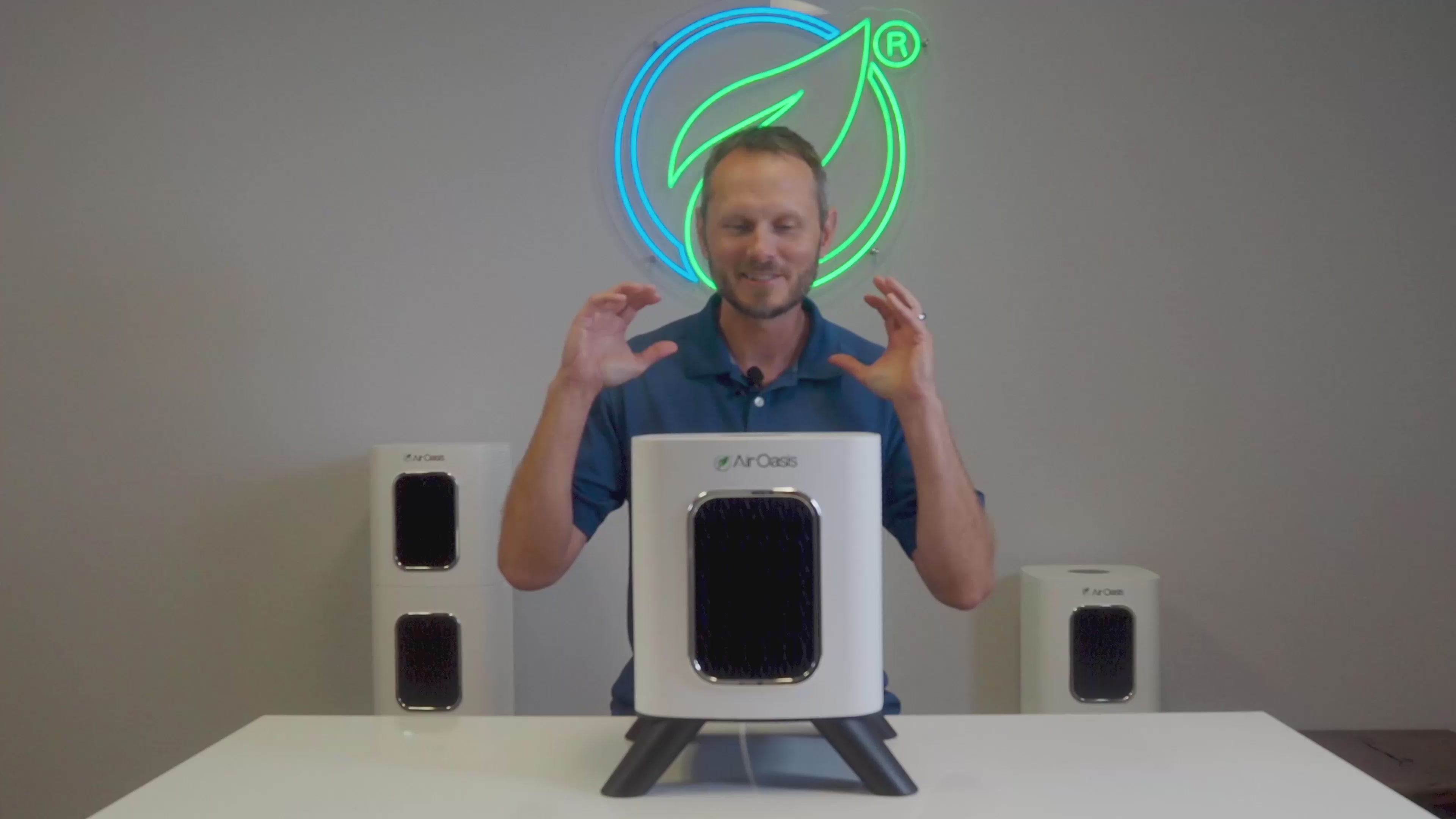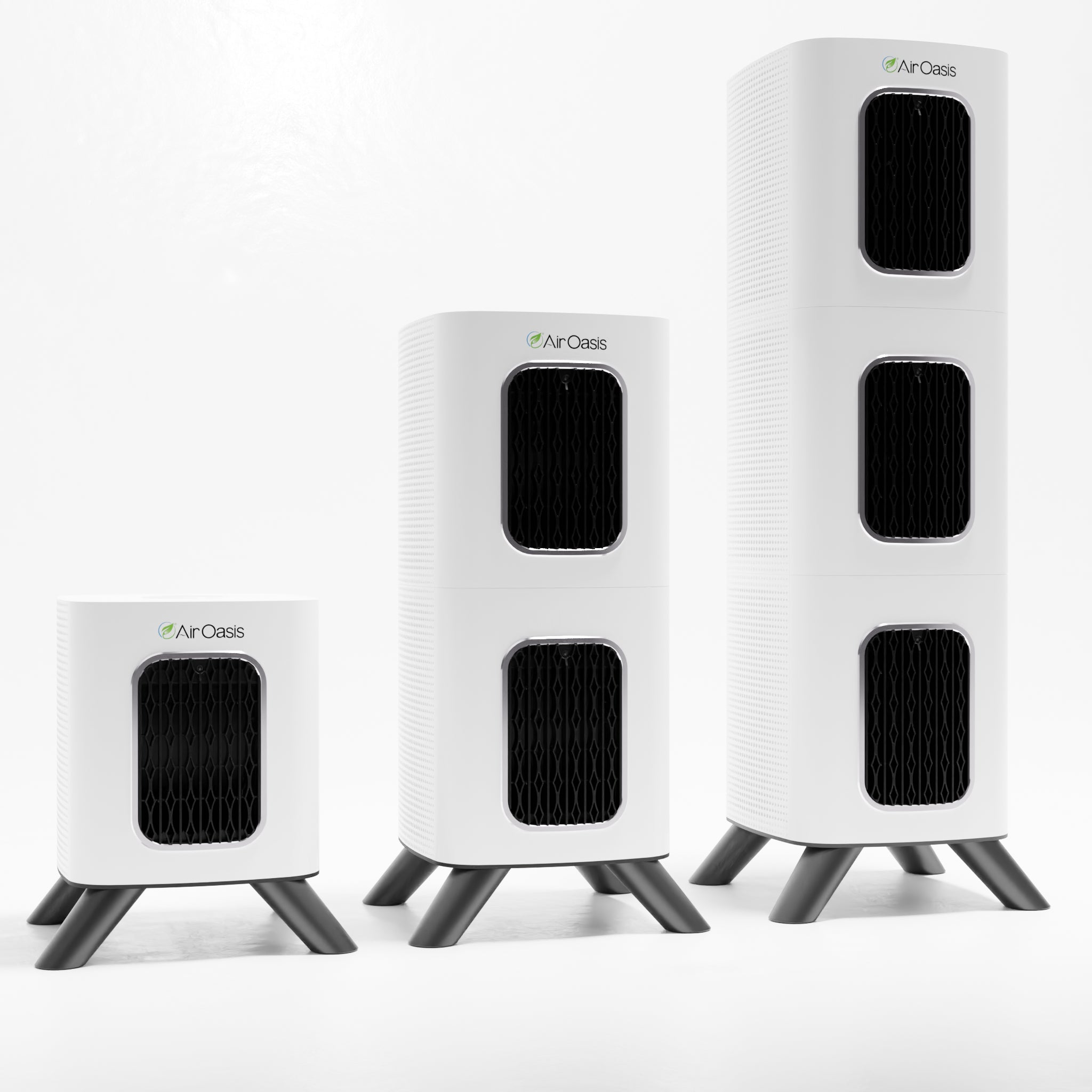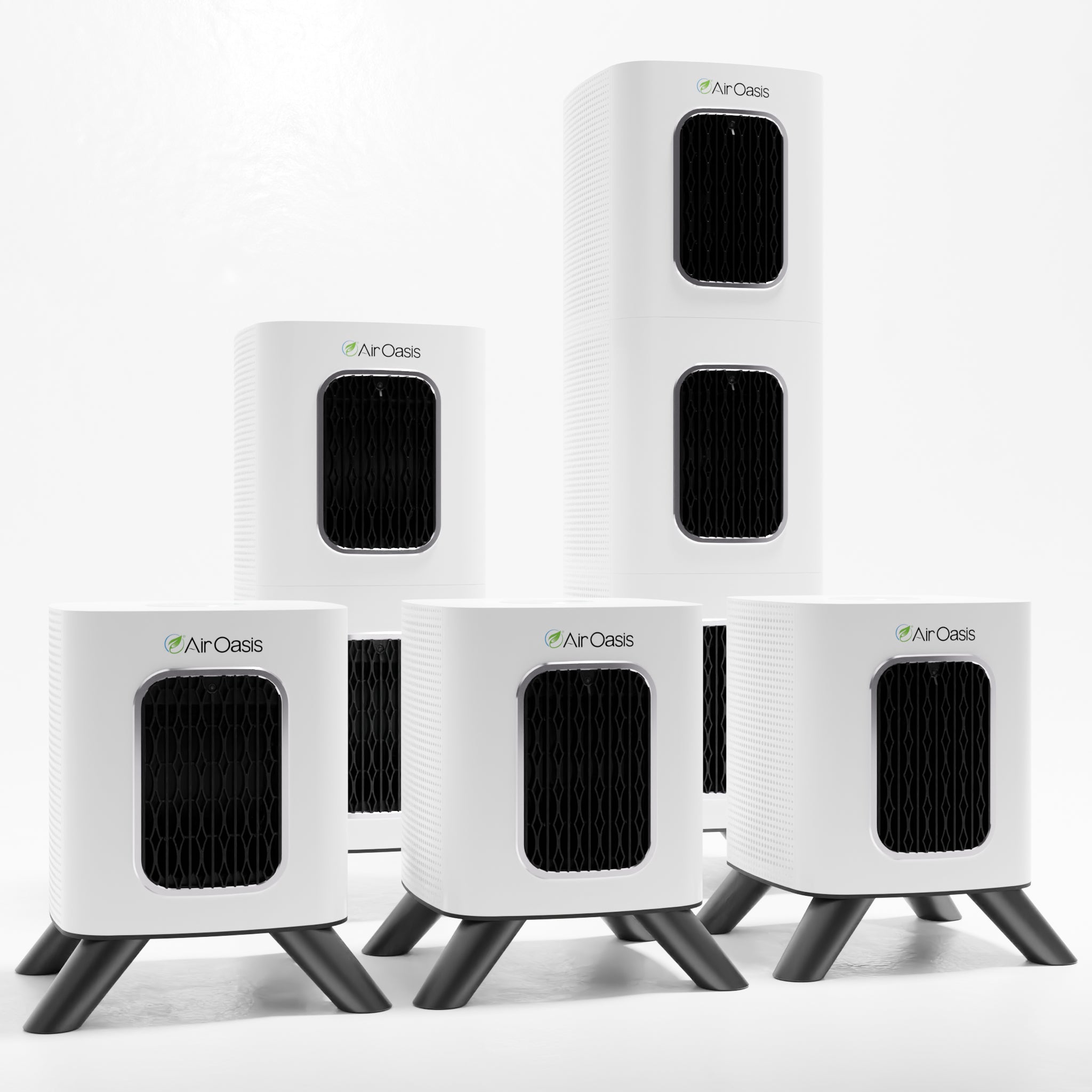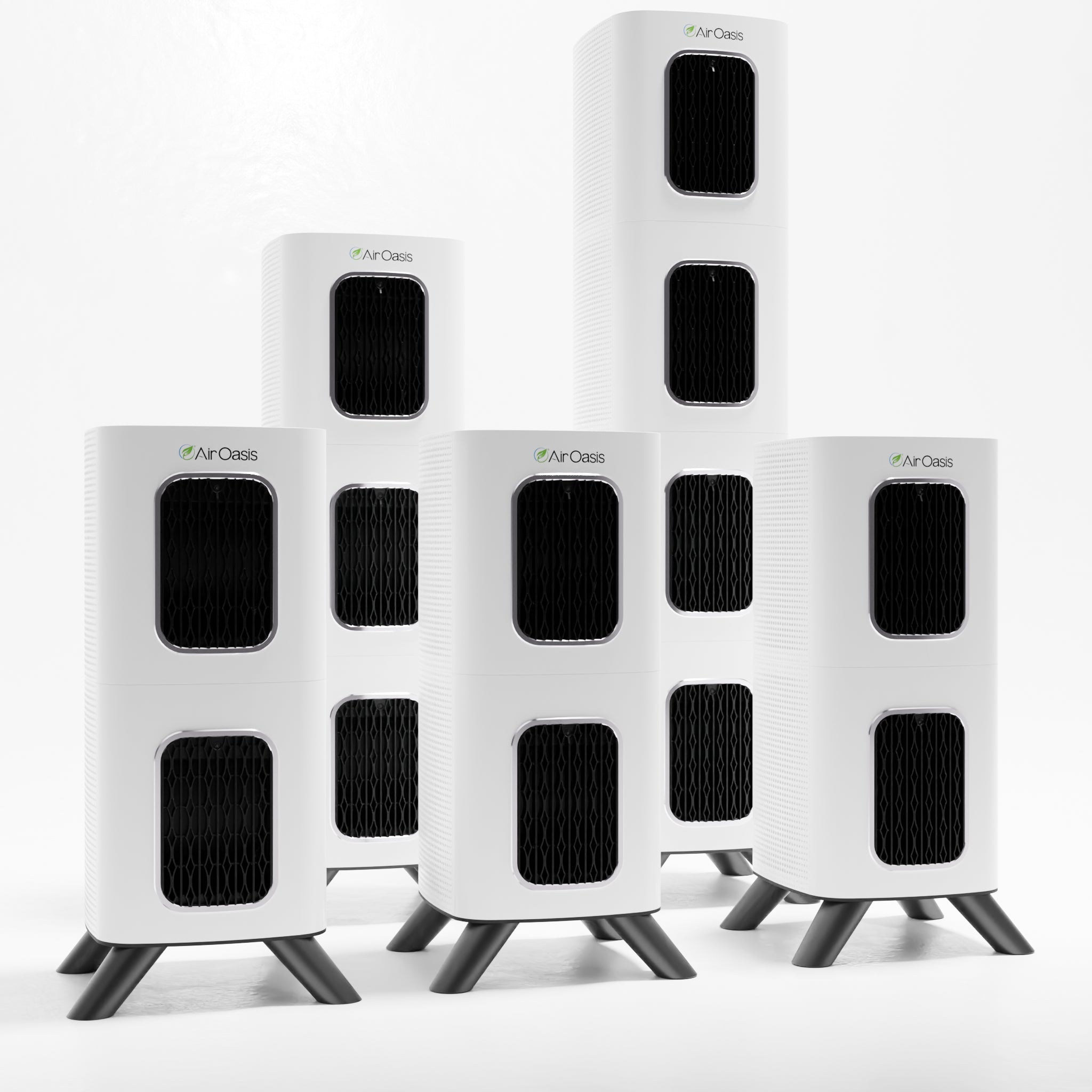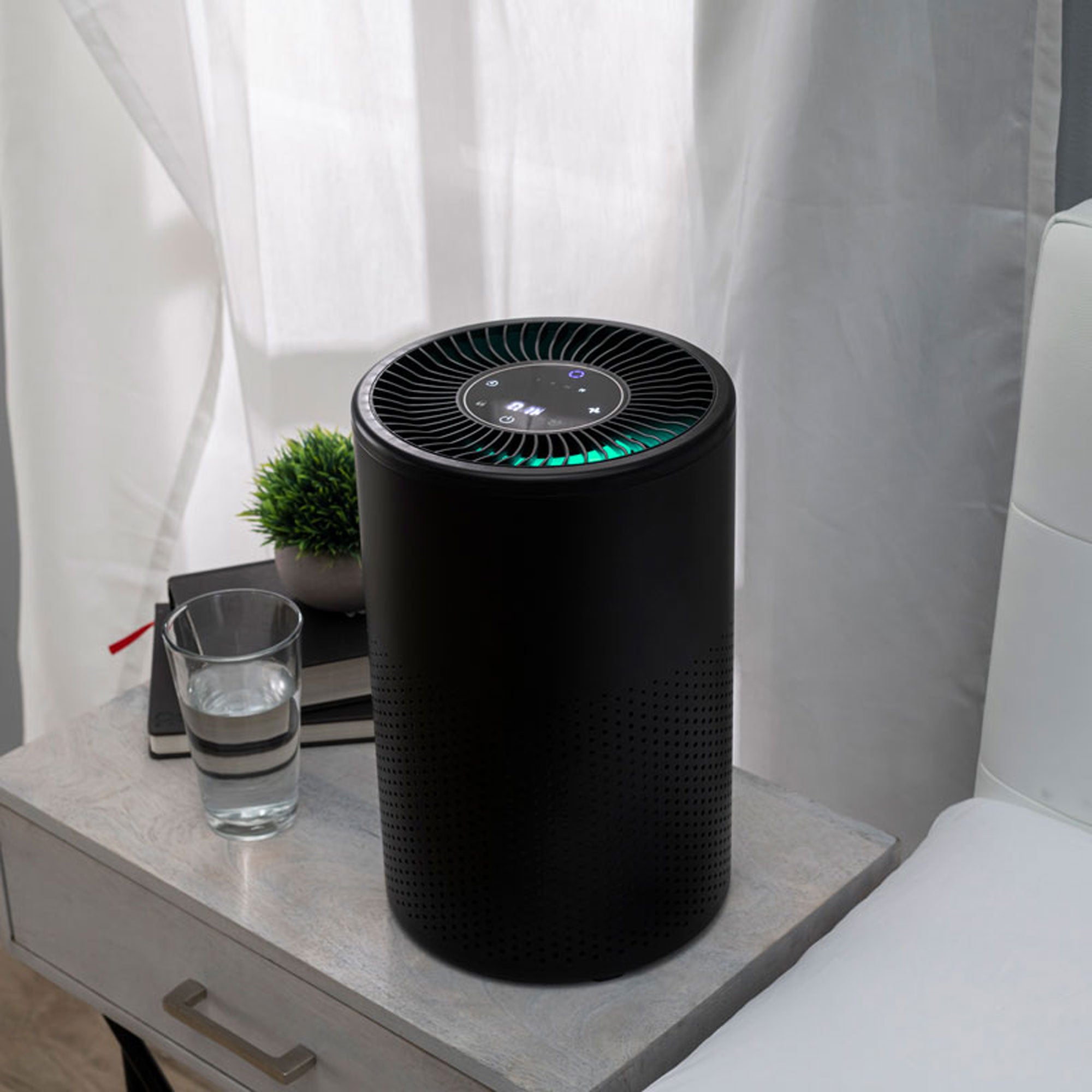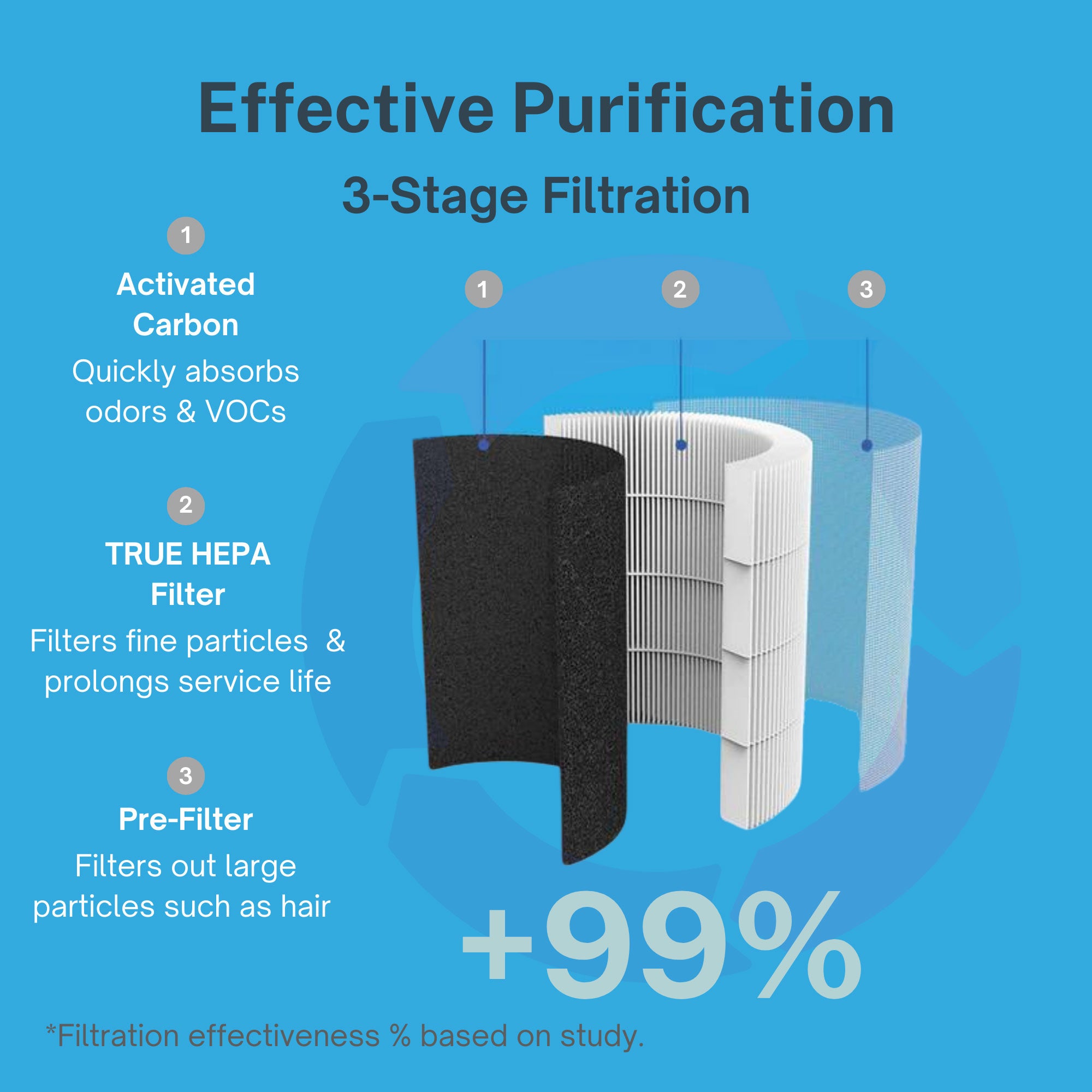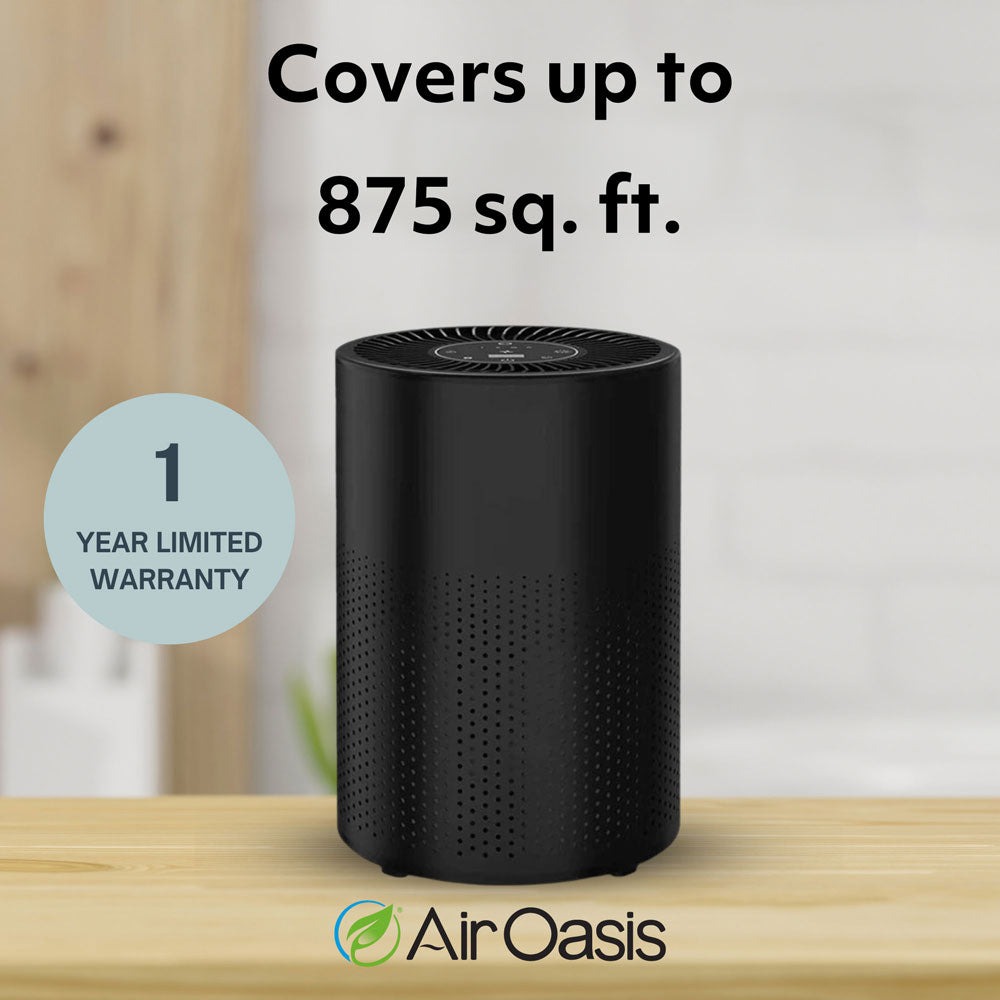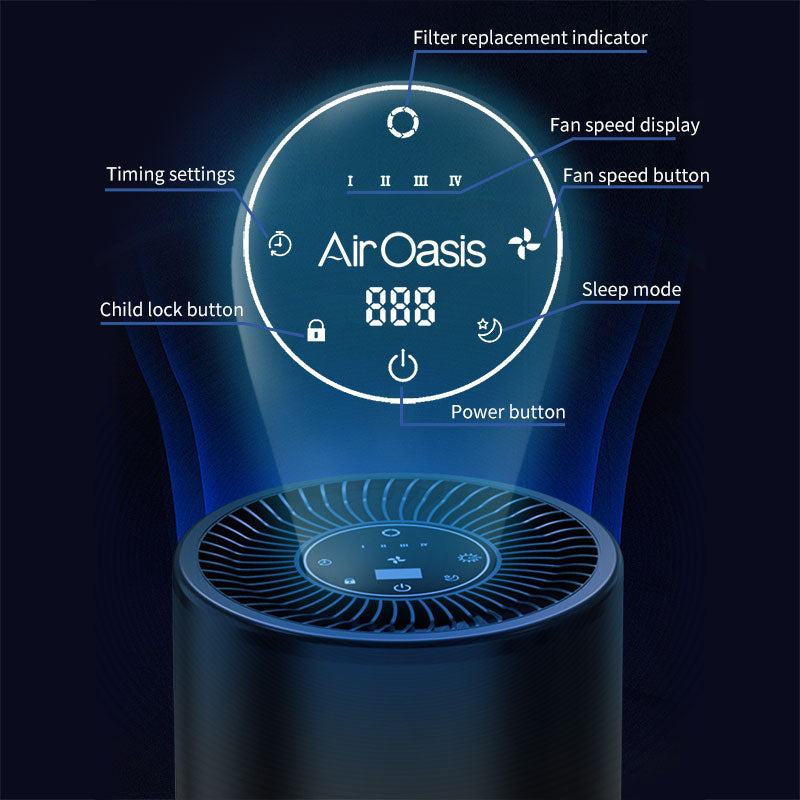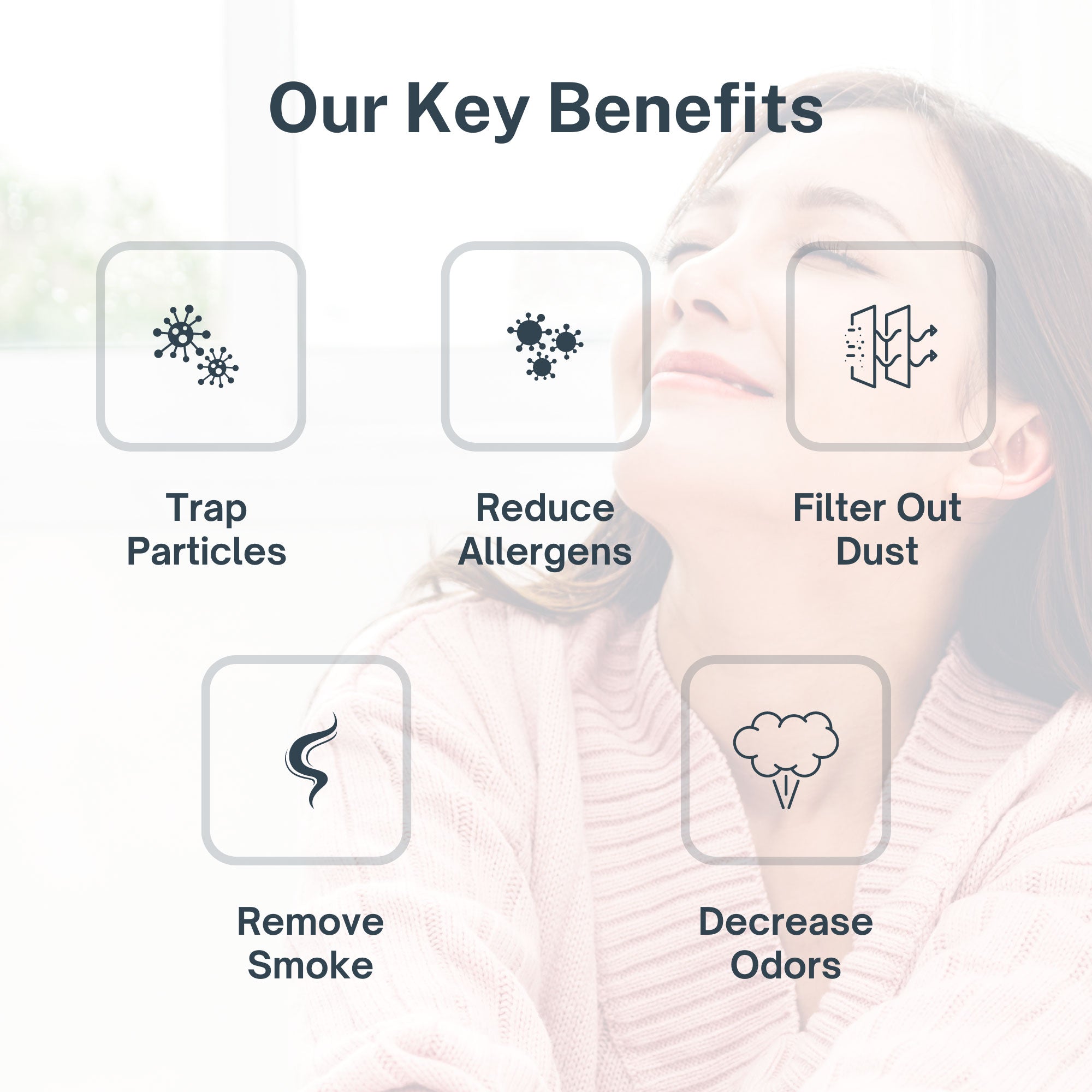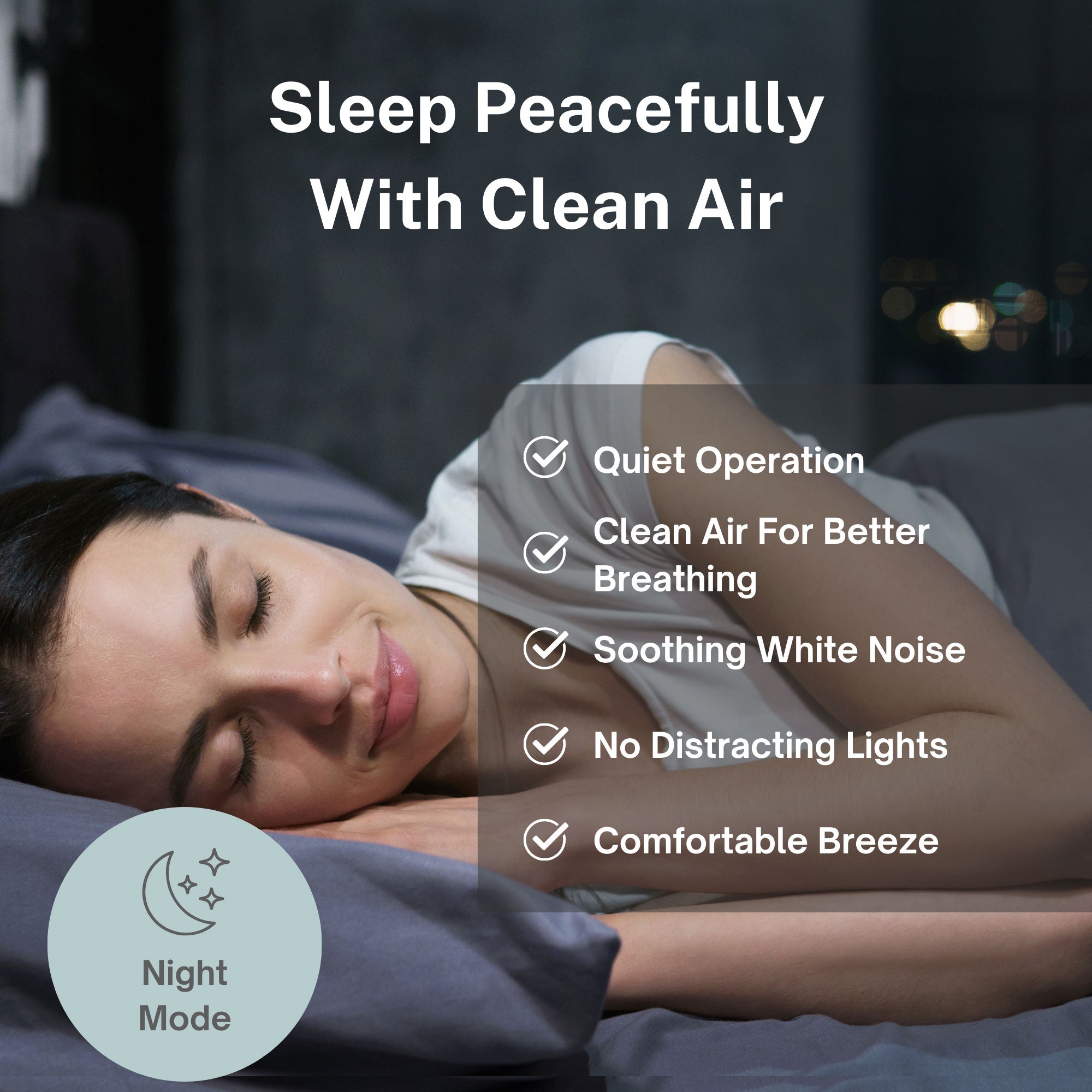What if the air inside your home was five times more polluted than health guidelines recommend—but you had no way of knowing? For millions of people worldwide, this isn't a hypothetical scenario. It's daily reality. The World Health Organization identifies air pollution as the biggest global environmental risk factor to human health, yet vast data gaps leave countless communities in the dark about the air they're breathing. A growing movement of citizen scientists and entrepreneurs is changing that landscape, one low-cost sensor at a time.
When Government Data Isn't Enough
In March 2019, the sky over Chiang Mai, Thailand glowed an ominous orange as mountain forest fires raged. Achim Haug and his family retreated to a single room, running three air purifiers and sealing window frames with tape. Despite checking public air pollution websites hourly, Haug felt helpless—government monitoring stations showed hazardous citywide conditions, but he had no information about the air flooding into his own home.
As a former project manager at Siemens and lifelong electronics hobbyist, Haug decided to build his own air quality sensor using a microprocessor and cables from his toolbox. The device cost around fifty dollars to assemble—a fraction of commercial monitors that range from two hundred to six hundred dollars, and far less than the thirty-thousand-dollar sensors governments typically use.
The results shocked him. Even with air purifiers running, PM 2.5 readings in his home measured about five times higher than World Health Organization guidelines. PM 2.5 refers to particles tiny enough to penetrate the lungs and bloodstream, contributing to seven million premature deaths annually worldwide. Multiple studies link these particles to increased risk of lung cancer, stroke, and heart disease.
From Personal Solution to Global Movement
Haug refined his design, adding carbon dioxide monitoring capabilities, and began testing devices at his children's school. The real-time dashboard comparing pollutant levels gave worried parents actionable information for decisions like whether to keep children home during high-pollution days. According to reporting from The New York Times, Haug noted that simply communicating the data created a positive atmosphere and represented the first step toward tackling the problem.
Filling Critical Data Gaps
Global data asymmetry presents a major challenge in addressing air pollution. Some of the most polluted countries in Africa have far less monitoring data than some of the cleanest nations in Europe. Advances in low-cost sensor technology have begun closing this gap, putting tools into the hands of everyday citizens seeking to understand and improve their local air quality.
When certain government-sponsored air quality monitoring programs ended earlier this year, community-led initiatives stepped in to fill the void.
The India Example
In Delhi, India, entrepreneur Rohit Bansal launched a similar mission. After experiencing severe sinusitis linked to air pollution during his time studying in Beijing, Bansal returned to Delhi with a portable air monitor and found readings even higher than those in China.
Bansal founded a company that sells air monitors, and created aqi.in, a website for sharing pollution readings. He distributed free sensors to eight hundred people across India who feed data into the platform. The site draws about one hundred thousand daily visitors on average, spiking to a million during New Delhi's smog season.
The Accuracy Question
Some authorities remain skeptical of low-cost sensors. Concerns about accuracy and reliability have led to debates about whether data from these devices should be used for regulatory purposes or as evidence of clean air violations.
Air quality experts acknowledge that data from low-cost sensors isn't as precise as information from expensive government-grade equipment. The quality of data can vary depending on the sensor and how it's calibrated. However, studies have shown that readings from low-cost sensors can be roughly as accurate as government machines when calibrated against reference-grade monitors.
Rather than viewing low-cost sensors as regulatory tools, many experts and governments support their use for making air quality monitoring more accessible and raising public awareness. Data from the Breathe London Network, a monitoring project using lower-cost sensors, has helped identify major pollution hot spots in the United Kingdom capital and supported policy decisions around emissions zones.
From Data to Action
Access to air quality data represents just the first step. As one air quality researcher noted in The New York Times article, the leap in monitoring across the world hasn't led to commensurate declines in pollution levels. Data must be framed in locally relevant ways that create personal, emotional connections—such as showing how air pollution affects life expectancy in specific communities.
The story of nine-year-old Ella Adoo-Kissi-Debrah illustrates this personal dimension. Living about eighty feet from one of London's most polluted roads, Ella died from a fatal asthma attack in 2013 and became the first person in Britain whose death was officially attributed to air pollution. Her mother now leads campaigns for establishing clean air as a human right and advocates for community-led monitoring to prevent similar tragedies.
Taking Control of Your Indoor Air
While community-led outdoor air monitoring grows worldwide, understanding and controlling indoor air quality remains equally critical—especially since people spend more than eighty percent of their time indoors. The indoor environment offers something outdoor air doesn't: the ability to actively purify and control what you breathe.
If you're ready to take control of your indoor air quality with proven purification technology, advanced filtration systems offer protection from the particles that matter most. Shop Air Oasis today and create the clean-air environment your health deserves.






